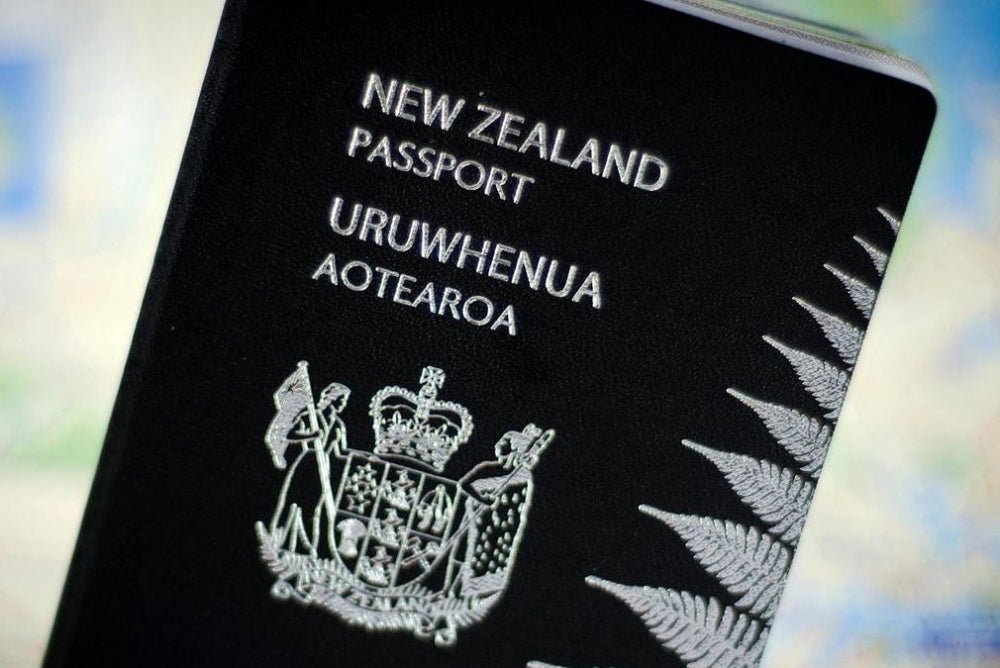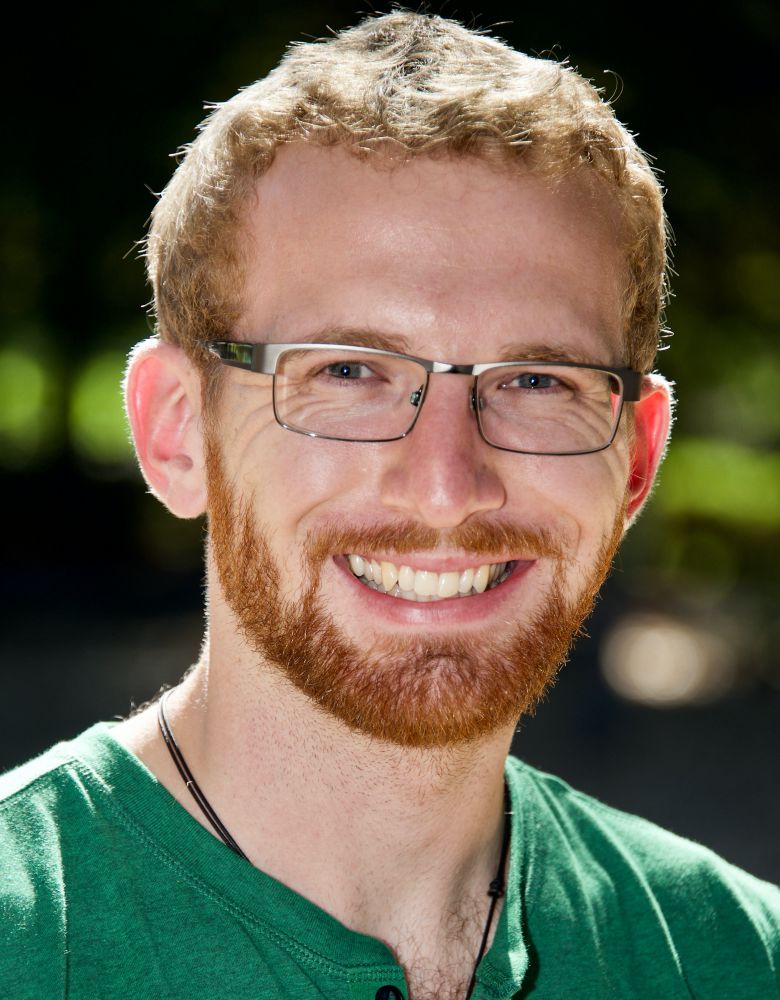
Language in the Air

For infants, the process of learning their first language begins long before they know the meaning of words. Research has shown that they develop implicit knowledge of what words sound like without knowing their meaning, forming what’s known as a proto-lexicon. This happens as a result of their being constantly exposed to the recurrent patterns of sounds of that language.
In New Zealand, researchers, including a linguistics scholar from UC Santa Barbara, wondered if adults who are exposed to a second language in their ambient environment also build a proto-lexicon.
As they report in “Non-Māori-speaking New Zealanders have a Māori proto-lexicon,” in the journal Scientific Reports, they found that non-Māori speaking New Zealanders who are regularly exposed to the language have a large proto-lexicon of Māori, which enables them to distinguish real Māori words from made-up words. What’s more, they can evaluate how Māori-like a made-up word is practically as well as a fluent speaker.
“The result is hugely surprising,” said Simon Todd, a UCSB assistant professor of linguistics and a co-author of the paper. “We were not expecting that people who don’t speak Māori would have so much knowledge.”
Indeed, the research found that non-Māori speaking New Zealanders have a proto-lexicon of approximately 1,500 Māori words, despite typically only knowing the meanings of 50 to 100 words.
Closer to home, the study has tantalizing implications. Although it’s not been tested, there’s a good chance Californians may build their own Spanish proto-lexicon. California isn’t a perfect analog of New Zealand, but a number of the same factors — names, media, ambient conversations and the like — are present. Could Californians, or others exposed to Spanish regularly, have built their own proto-lexicon?
“I definitely think that there is a lot of potential that a very similar thing is happening with Spanish in California, and in other parts of the U.S.,” Todd said. “So that’s something that I’m really interested to look into further: Does this result that we’ve found for Māori in New Zealand generalize? Spanish in Santa Barbara is a great test case for that because it is widely used in the area.”
Looking ahead, two follow-up studies will take deeper looks at the proto-lexicon, Todd said. One will explore whether a person needs to have had exposure as a child to build a proto-lexicon, or if can be developed later in life.
“If you emigrate to New Zealand at age 20,” he said, “are you still able to build the same knowledge of Māori?”
The other study will interest those who want to learn a second language as an adult: If someone who has a proto-lexicon goes on to learn the language explicitly, by attaching meaning to the words they implicitly know, can they pick it up faster than someone who doesn’t have a proto-lexicon?
“We think that this is quite likely, since that’s exactly what infants use it for,” Todd said. “You form the knowledge about what the language sounds like, and you leverage that when you start attaching meaning to the words.”
If a proto-lexicon does offer advantages when learning a second language, there are important implications for efforts to revitalize indigenous languages, like Māori, according to Todd.
“Being exposed to a language in small but consistent amounts not only raises awareness of it,” he said, “but also builds extensive implicit knowledge about the way the language looks and sounds, both of which may help grow the number of speakers. Exposure is extremely important, so we have a lot to gain by celebrating indigenous languages and getting them out there for all to see and hear!”
Other authors of the study include Yoonmi Oh of Ajou University in South Korea, Clay Beckner of the University of Warwick in the U.K., and Jennifer Hay, Jeanette King and Jeremy Needle of the University of Canterbury in New Zealand.



